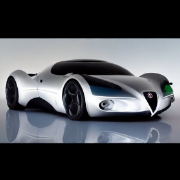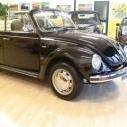ALFA ROMEO in Formula UNO o Le Mans? Possibile! Parola di Sergio Marchionne
-
Contenuti simili
-
Alfa Romeo Stelvio II 2025 - [Fotoritocco & Proposte grafiche dal web e non] 1 2 3 4 21
Pubblicato da Osv,
- alfa romeo bev
- piattaforma large
- (e 7 altri in più)
- 204 risposte
- 28885 visite
-
Alfa Romeo Heritage 4C Collezione GT “Nicola Larini” 2024 1 2
Pubblicato da MotorPassion,
- alfa romeo 4c collezione gt “nicola larini”
- alfa romeo
- (e 2 altri in più)
- 17 risposte
- 2034 visite
-
Alfa Romeo new “Bottega” 2026 (Notizie) 1 2 3
Pubblicato da AleMcGir,
- prossimi modelli
- alfa romeo
- (e 3 altri in più)
- 23 risposte
- 3920 visite
-
-
-










.thumb.jpg.902d2a4f20a129e92b6f6920407b81bd.jpg)











.thumb.jpg.46228d717c405acd43b45b79fddce6a4.jpg)
Messaggi Raccomandati: